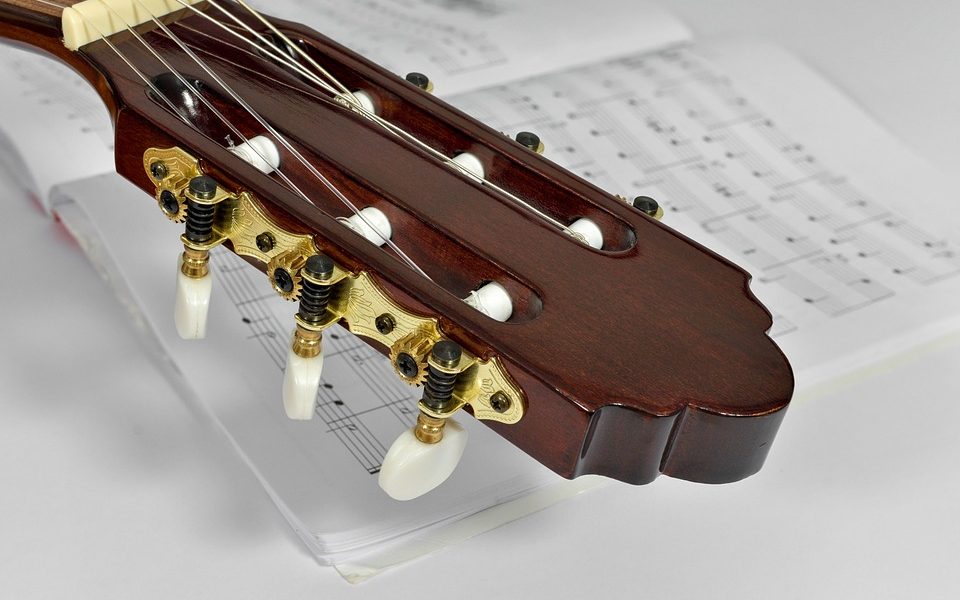Unleash Your Creativity: A Guitar Chords Guide for Exploring Different Musical Genres
Unleash Your Creativity: A Guitar Chords Guide for Exploring Different Musical Genres
As a guitarist, one of the most important skills you can develop is your ability to play a wide variety of chords. Chords are the building blocks of music, and understanding how they work is essential for expanding your musical repertoire and exploring different genres. In this guide, we will delve into the world of guitar chords and how you can use them to unlock your creativity and explore new musical horizons.
Understanding the Basics of Guitar Chords
Before we dive into exploring different musical genres, it’s important to have a solid understanding of the basics of guitar chords. A chord is a group of three or more notes played together to create harmony. Chords are typically made up of a root note, a third, and a fifth, although they can also include additional notes for added color and texture.
There are several different types of chords, including major chords, minor chords, dominant chords, and seventh chords. Each type of chord has a distinct sound and can be used to create different emotions and moods in your music.
Exploring Different Musical Genres
Now that you have a solid understanding of guitar chords, it’s time to start exploring different musical genres. Each genre has its own unique set of chord progressions and styles, so learning to play chords in a variety of genres can greatly expand your musical abilities.
1. Blues
Blues music is built on a foundation of simple, soulful chord progressions. Dominant seventh chords are a staple in blues music, giving it its signature sound. To play blues chords, start by learning the basic 12-bar blues progression, which typically includes a I-IV-V chord progression. Experiment with adding bluesy embellishments like bends and slides to create a more authentic blues sound.
2. Jazz
Jazz music is known for its complex harmonies and chord voicings. Jazz chords often include extended notes like ninths, elevenths, and thirteenths, which add color and sophistication to the music. To play jazz chords, start by learning common jazz progressions like ii-V-I and practicing voicings in different positions on the neck. Experiment with different chord substitutions and alterations to add interest to your jazz playing.
3. Rock
Rock music is characterized by its energetic, aggressive sound and power chords are a staple in rock music. Power chords are made up of the root note and the fifth, giving them a strong, punchy sound. To play rock chords, start by learning popular rock chord progressions like the I-IV-V or the I-V-vi-IV progressions. Experiment with using distortion and other effects to create a gritty, powerful rock sound.
4. Folk
Folk music is known for its simple, acoustic sound and often features open chords and fingerpicking patterns. To play folk chords, start by learning basic open chords like G, C, and D, and practice using different strumming patterns and fingerpicking techniques. Experiment with incorporating folk elements like open tunings and capos to create a more authentic folk sound.
5. Classical
Classical music is characterized by its intricate melodies and complex harmonies. Classical guitarists often use fingerstyle techniques and play chords in arpeggiated patterns. To play classical chords, start by learning common classical progressions like the Pachelbel Canon or the Bach Cello Suites. Experiment with using different fingerpicking patterns and dynamics to bring out the nuances of the music.
Incorporating Different Chords Into Your Playing
As you explore different musical genres and experiment with new chord progressions, it’s important to remember that there are no rules when it comes to music. Don’t be afraid to break out of your comfort zone and try new things. Experiment with using different chord voicings, substitutions, and alterations to create your own unique sound.
Incorporating different chords into your playing can greatly expand your musical horizons and help you develop your own personal style as a guitarist. Remember to practice regularly, experiment with different techniques, and always keep an open mind when it comes to exploring new genres and styles of music.
Conclusion
In conclusion, learning to play a wide variety of guitar chords is essential for expanding your musical abilities and exploring different genres. By understanding the basics of guitar chords and experimenting with different chord progressions, voicings, and styles, you can unlock your creativity and create your own unique sound as a guitarist. Remember to practice regularly, try new things, and always keep an open mind when it comes to exploring different musical genres. With dedication and hard work, you can become a versatile guitarist capable of playing in any style and genre.






